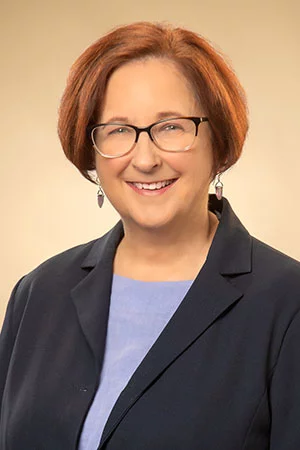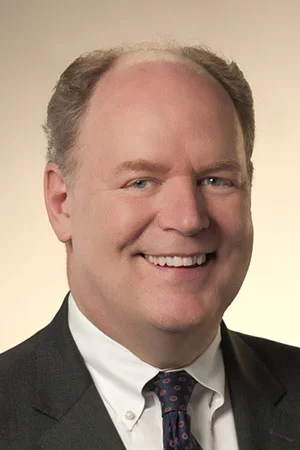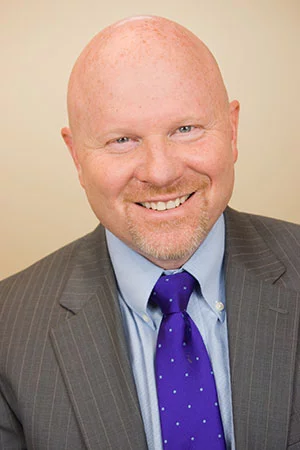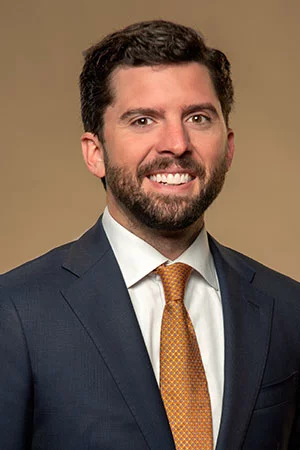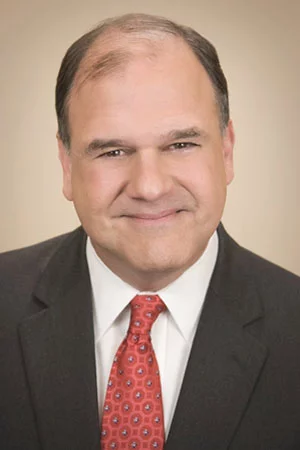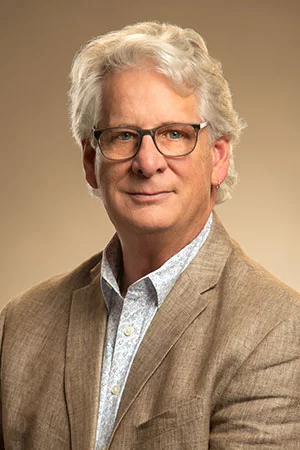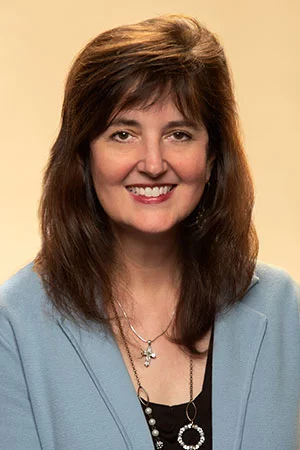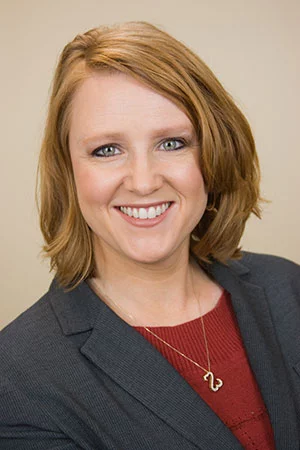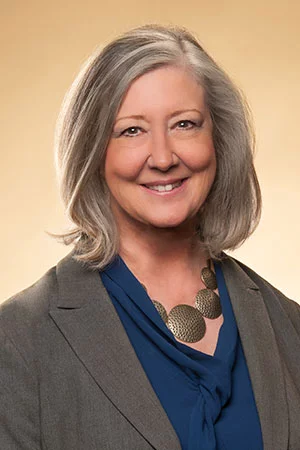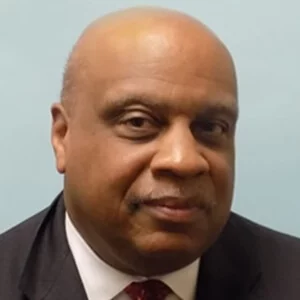(EDITOR’S NOTE: This article has been updated as of Nov. 13 to clarify misleading language in the original posting about the role of the Treatment Research Institute’s Tom McLellan and the review paper he is preparing for this initiative.)
Frustrated that medication-assisted treatment is coming across as the addiction field’s standard of care simply because drug company studies are dominating the research landscape, a group of some of the most prominent leaders in treatment administration is vowing to fight back. These leaders have enlisted the help of A. Thomas McLellan, PhD, CEO of the Treatment Research Institute (TRI), to issue a review paper that will highlight the evidence basis for a full continuum of care that does not exclude residential, abstinence-based services.
More than a dozen of the most prominent names in private-sector treatment were represented in early October at a two-day strategy meeting hosted by Cumberland Heights in Nashville, Tenn. The meeting’s host said the impetus for the event stemmed from frequent conversations in the past among these leaders about threats to the treatment field from entities ranging from managed care to the federal government to mental health interests-discussions that often have taken place at board meetings of the National Association of Addiction Treatment Providers (NAATP).
“The theme always seemed to be connected to the idea that we as a field haven’t in a long time produced any credible outcome data that demonstrates the efficacy of residential treatment as opposed to outpatient treatment,” says Jim Moore, Cumberland Heights’ president and CEO.
The list of participants at the meeting that was convened on Oct. 6 makes up a who’s who of treatment executives and facilities that embrace a 12-Step philosophy, with names such as Hazelden, Caron Treatment Centers, Father Martin’s Ashley, Valley Hope Association, Seabrook House, Willingway and Casa Palmera represented. NAATP president and CEO Michael Walsh also participated, though Moore emphasized that not all participants in this group sit on NAATP’s board and that the views of this panel do not necessarily reflect those of NAATP’s board or membership.
However, Moore did say that once the group finalizes the review paper (it expects to review a draft in early December) and eight points of agreement among the leaders on what constitutes effective addiction treatment (one of these is expected to be that abstinence is the desired outcome of treatment, but the full list is still being refined), it plans to take these documents to the NAATP board to see if it would adopt them as a position statement for the association.
Anger toward ASAM
If there was one precipitating event this year that propelled this group into action after much past discussion, Moore says it was the annual conference of the American Society of Addiction Medicine (ASAM) back in the spring. He says that several medical directors at prominent addiction treatment facilities, including his center’s top physician, returned from the conference reporting that the content was completely dominated by pharmaceutical research, particularly related to the opiate maintenance drug buprenorphine.
“Many centers reported after this year that they weren’t sending their doctors to ASAM anymore,” says Moore, adding that while ASAM has moved its conference curriculum for addiction medicine specialists in the direction of medication-assisted treatment for some time, it was much more pronounced this year.”
Read full article here

